In photography and digital photography, the shutter speed is the unit of measurement which determines how long shutter remains open as the picture is taken. The slower the shutter speed, the longer the exposure time. The shutter speed and aperture together control the total amount of light reaching the sensor. Shutter speeds are expressed in seconds or fractions of a second. For example, 2, 1, 1/2, 1/4, 1/8, 1/15, 1/30, 1/60, 1/125, 1/250, 1/500, 1/1000, 1/2000, 1/4000, 1/8000. Each speed increment halves the amount of light. Shutter speed is one of the three pillars of photography. Learn how to use it, and you’re well on your way to understanding exposure.
Shutter Speed is one of the three most significant settings in photography, along with Aperture and ISO. Shutter speed affects two things: the brightness of your shot and the dramatic effects you can achieve by freezing or blurring motion. We'll explain everything you need to know about it in clear English in the next article.
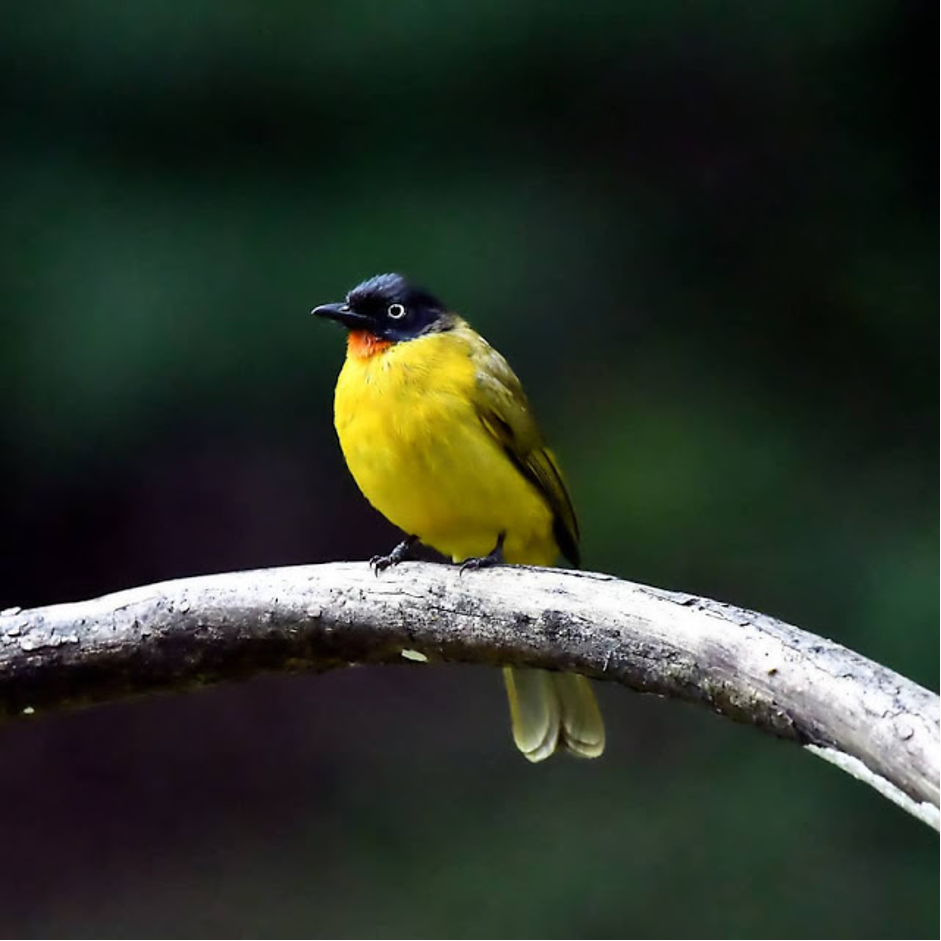
“Shutter speeds are expressed in seconds or fractions of a second. For example, 2, 1, 1/2, 1/4, 1/8, 1/15, 1/30, 1/60, 1/125, 1/250, 1/500, 1/1000, 1/2000, 1/4000, 1/8000. Each speed increment halves the amount of light”
What is a Camera Shutter?
The shutter speed of your camera is determined by the shutter, which is a curtain in front of the camera sensor that remains closed until the camera fires. The shutter opens and fully exposes the camera sensor to the light that has passed through your lens when the camera fires. The shutter closes soon after the sensor has finished gathering light, preventing light from reaching the sensor. Because it opens and closes the shutter, the button that fires the camera is also known as the "shutter" or "shutter button."
What is Shutter Speed?
The shutter speed of your camera is the amount of time it takes for the shutter to open and expose light to the camera sensor. It's basically how long it takes your camera to take a photo. This has a few significant implications for the appearance of your photographs.
When you utilize a slow shutter speed, your sensor is exposed for an extended period of time. Motion blur is the first major consequence. Moving subjects in your photo will seem blurred in the direction of motion if your shutter speed is slow. This technique is frequently utilized in vehicle and motorcycle commercials, where the viewer is given a sense of speed and momentum by purposefully blurring the moving wheels.
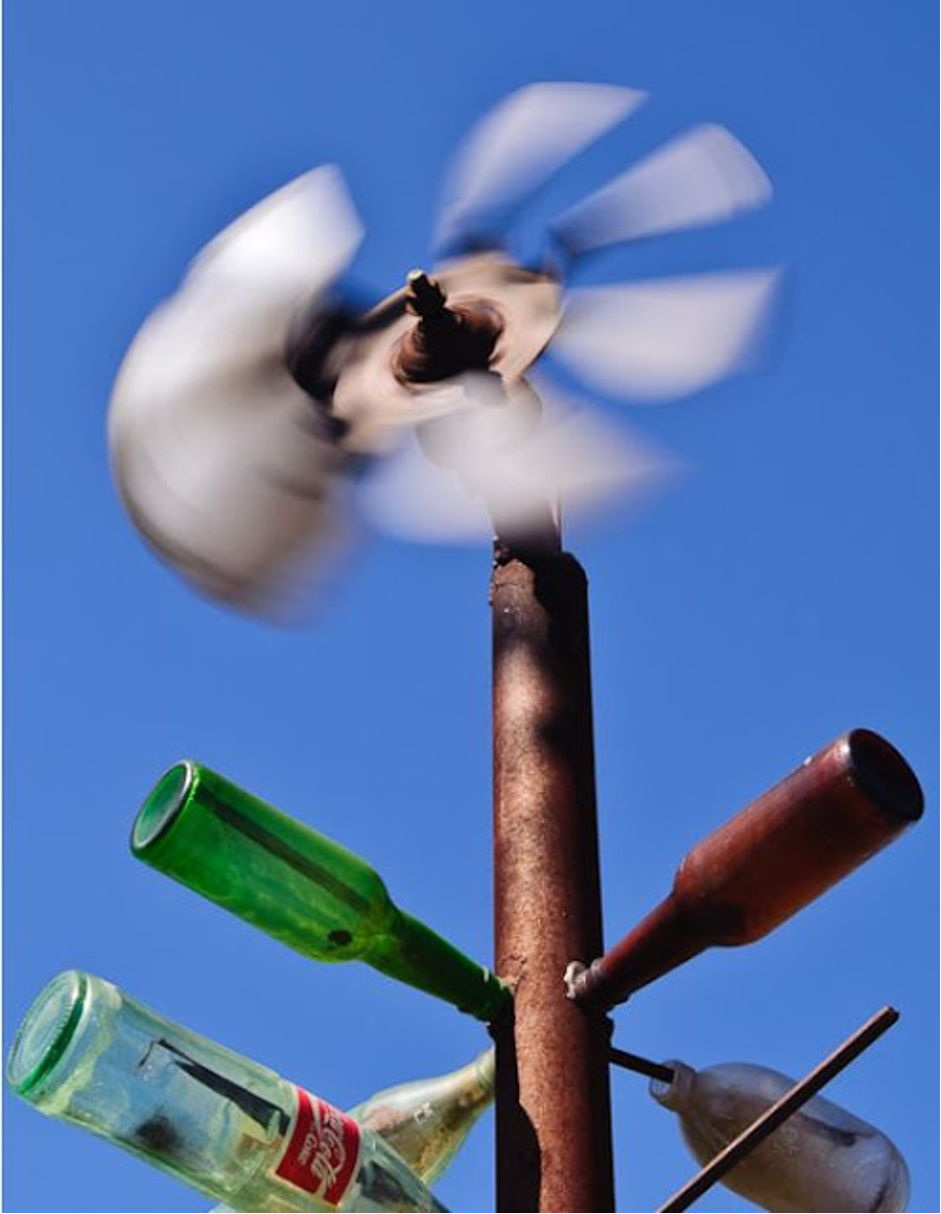
Slow shutter speeds are also utilized with a tripod to shoot the Milky Way or other things at night or in weak light. Long shutter speeds are used by landscape photographers to give a sense of motion on rivers and waterfalls while keeping everything else sharp. Shutter speed, on the other hand, can be utilized to perform the exact opposite — freeze motion. Even fast-moving things, such as birds in flight or cars driving by, can be eliminated by using a particularly fast shutter speed. When photographing water with a fast shutter speed, each droplet will hang in the air perfectly sharp, which may not even be visible to our naked eyes.
All the above is achieved by simply controlling the shutter speed. In summary, quick shutter speeds freeze action, while long ones create an effect of motion when you photograph moving objects.
How Shutter Speed is Measured
Shutter speeds are typically measured in fractions of a second, when they are under a second. For example, 1/4 means a quarter of a second, while 1/250 means one two-hundred-and-fiftieth of a second (or four milliseconds).
Most modern DSLRs and mirrorless cameras can shoot at shutter speeds of up to 1/4000th of a second, with some capable of even faster speeds of up to 1/8000th of a second. Most DSLRs and mirrorless cameras, on the other hand, typically have a maximum shutter speed of 30 seconds. If necessary, use external remote triggers to employ a slower shutter speed.
Shutter Speed and Exposure
Another crucial consequence of shutter speed is exposure, which refers to an image's brightness. When you choose a lengthy shutter speed, your camera sensor collects a lot of light, resulting in a brilliant photo. Your camera sensor is only exposed to a small percentage of light when you choose a fast shutter speed, resulting in a darker photo.
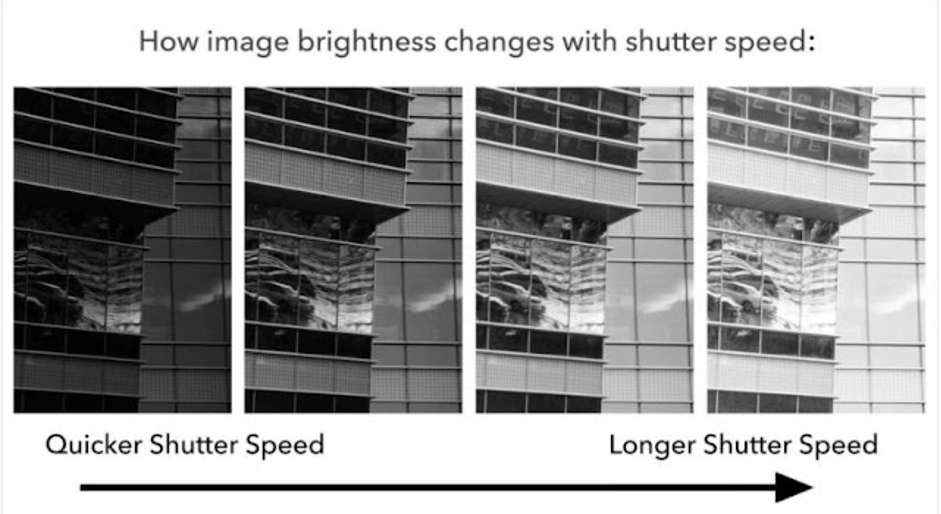
However, shutter speed is not the only variable which affects the brightness of an image. There are also Aperture and ISO, along with the actual brightness of the scene in front of you. So, you have some flexibility when you’re deciding on a shutter speed, but you need to pick your other settings carefully.
Shutter speed is an important instrument for capturing a photo with the perfect amount of brightness. On a bright day, you might need to use a quick shutter speed to avoid overexposure. Alternatively, if it's dark outside, a long shutter speed may be required to avoid a photograph that's too dark (which, in turn, could require a tripod, due to motion blur from handholding the camera). For many users, the primary reason for adjusting shutter speed is to ensure that their images are bright enough. Motion blur concerns, on the other hand, are crucial and should not be neglected.
Fast, Slow and Long Shutter Speeds
When it comes to freezing action, a quick shutter speed is usually required. If you're photographing birds, this may be as rapid as 1/1000th second. However, you may be able to shoot images at 1/200th second, 1/100th second, or even longer without producing motion blur when photographing slower-moving subjects in general.
Long shutter speeds are often greater than one second, necessitating the use of a tripod to achieve clear photographs. Long shutter speeds are used for certain forms of low-light/night photography, as well as to purposely capture movement. When you utilize long shutter speeds, anything moving in your scene will appear incredibly blurry.
Shutter speeds of 1/100th second to 1 second are still regarded slow in the middle. It's possible that you won't be able to hold them without introducing camera shake from your hands, particularly near the one-second mark
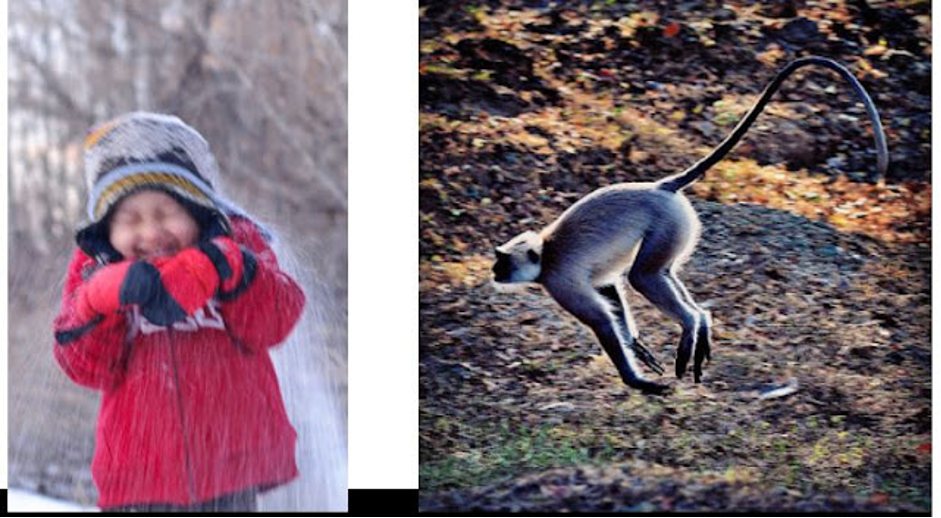
Also, this strongly depends upon your lens. Some lenses, such as the Nikon 70-200mm f/2.8, have specific image stabilization (also known as “vibration reduction”) technologies within the lens that can help photographers take pictures at very slow shutter speeds when hand-holding cameras, without introducing camera shake. Other lenses do not have vibration reduction, which means you need to use the reciprocal rule instead to determine how long your shutter speed should be without introducing blur from camera shake. It is also important that you know how to hold a camera.
How to Set Shutter Speed
Most cameras handle shutter speeds automatically by default. When the camera is set to “Auto” mode, the shutter speed is selected by the camera without your input (and so are aperture and ISO). However, you can still set shutter speed manually if necessary:
By setting the camera to “Shutter Priority” mode, you choose the shutter speed, and the camera automatically selects the aperture.
By setting the camera to “Manual” mode, you choose both shutter speed and aperture manually. Within both modes, you can choose to set ISO manually or automatically.
In most circumstances, it's best to let the camera choose the best shutter speed for you. Still, keep an eye on the photo to make sure there isn't too much motion blur (or freezing motion that you want to be blurred). I go into more detail about this in an essay on camera modes, but I shoot in “Aperture Priority” mode 95 percent of the time, letting the camera figure out the shutter speed on its own.
How to Find Shutter Speed
Do you know how to find what your camera shutter speed is set to? It is typically very easy to find it. On cameras that have a top panel, the shutter speed is typically located on the top left corner, as circled.
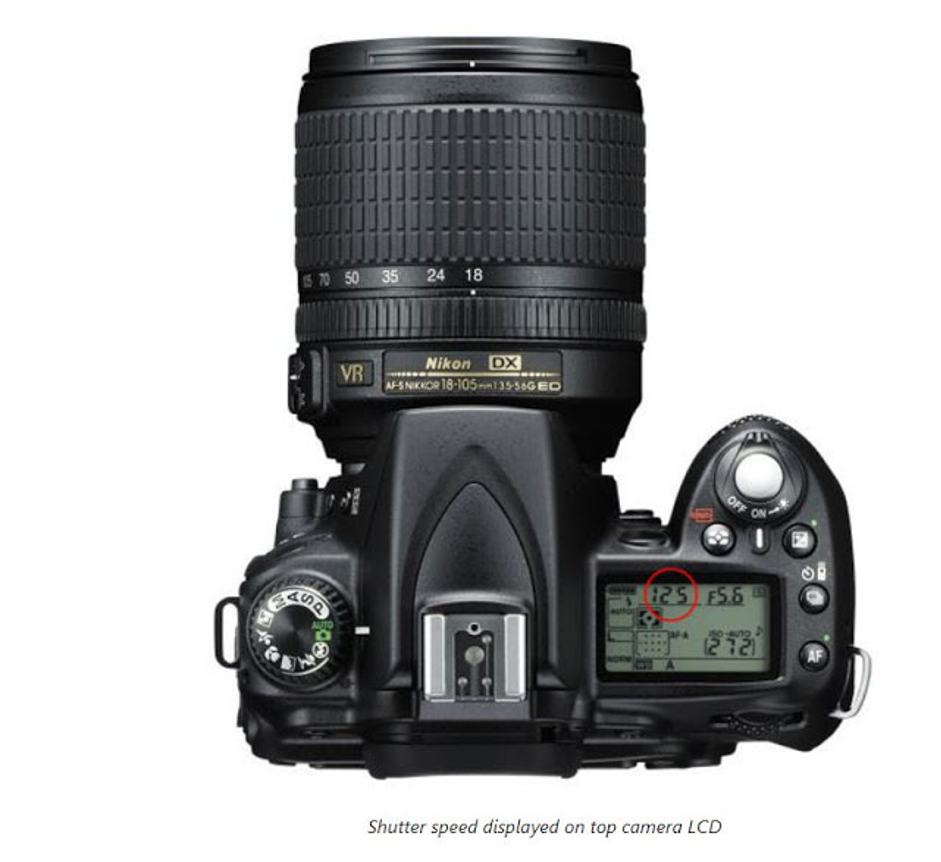
If your camera does not have a top LCD, like some entry-level DSLRs, you can look through the viewfinder, where you will see the shutter speed on the bottom-left side. And if your camera has neither a top LCD nor a viewfinder, like many mirrorless cameras, you can see your shutter speed simply by looking on the back screen.
On most cameras, shutter speed will not show up directly as a fraction of a second – it will typically be a regular number. When the shutter speed is longer than or equal to one second, you will see something like 1” or 5” (with the quotation sign to indicate a full second).
If you still cannot find the shutter speed, set your camera to “Aperture Priority” mode, and make sure that you have turned “AUTO ISO” off. Then, start pointing around your camera from dark to bright areas. The number that changes will be your shutter speed.
Shutter Speed FAQ
Below are some of the frequently asked questions related to shutter speed:
What is a Slow Shutter Speed?
A long shutter speed is typically around 1 second and longer. In comparison, a slow shutter speed can refer to a fraction of a second, such as 1/2 or 1/4.
What is a Fast Shutter Speed?
A fast shutter speed is often referred to the shutter speed that is fast enough to freeze action. Typically, photographers refer to small fractions of a second, such as 1/250th of a second or faster when talking about fast shutter speed.
How Do I Find My Shutter Speed?
Shutter speed is often displayed on your camera’s top or rear LCD as a number or fraction. If you half-press the shutter release, then move your camera towards a brighter area, the number that changes is typically your shutter speed.
Which Shutter Speed is the Slowest?
Depending on your camera, the slowest shutter speed that is allowed to use without using a remote shutter release is typically 30 seconds.
What is the Fastest Shutter Speed I can Use on My Camera?
That depends on the camera’s capabilities. Most DSLR and mirrorless cameras can shoot up to 1/4000 of a second using the mechanical shutter. Some of the more advanced cameras can shoot up to 1/8000 of a second with mechanical shutters and can go even faster when using electronic shutters.
How is Shutter Speed Written?
Shutter speed is always written in seconds or a fraction of a second. For example, a 1 second shutter speed is typically displayed as a single number with a quote sign or a letter “s” at the end of it, such as 1″ or 1s. Whereas a fraction of a second such as 1/250 is typically displayed as 1/250 or simply 250 on most cameras.
What is the Best Shutter Speed?
There is no such thing, as it really depends on what you are trying to achieve.
How Do I Change Shutter Speed on My Phone?
While some smartphones allow changing shutter speed using the built-in phone app, most require installing a third party camera app to allow changing the shutter speed. If you use an iPhone, try out some apps like Camera+.